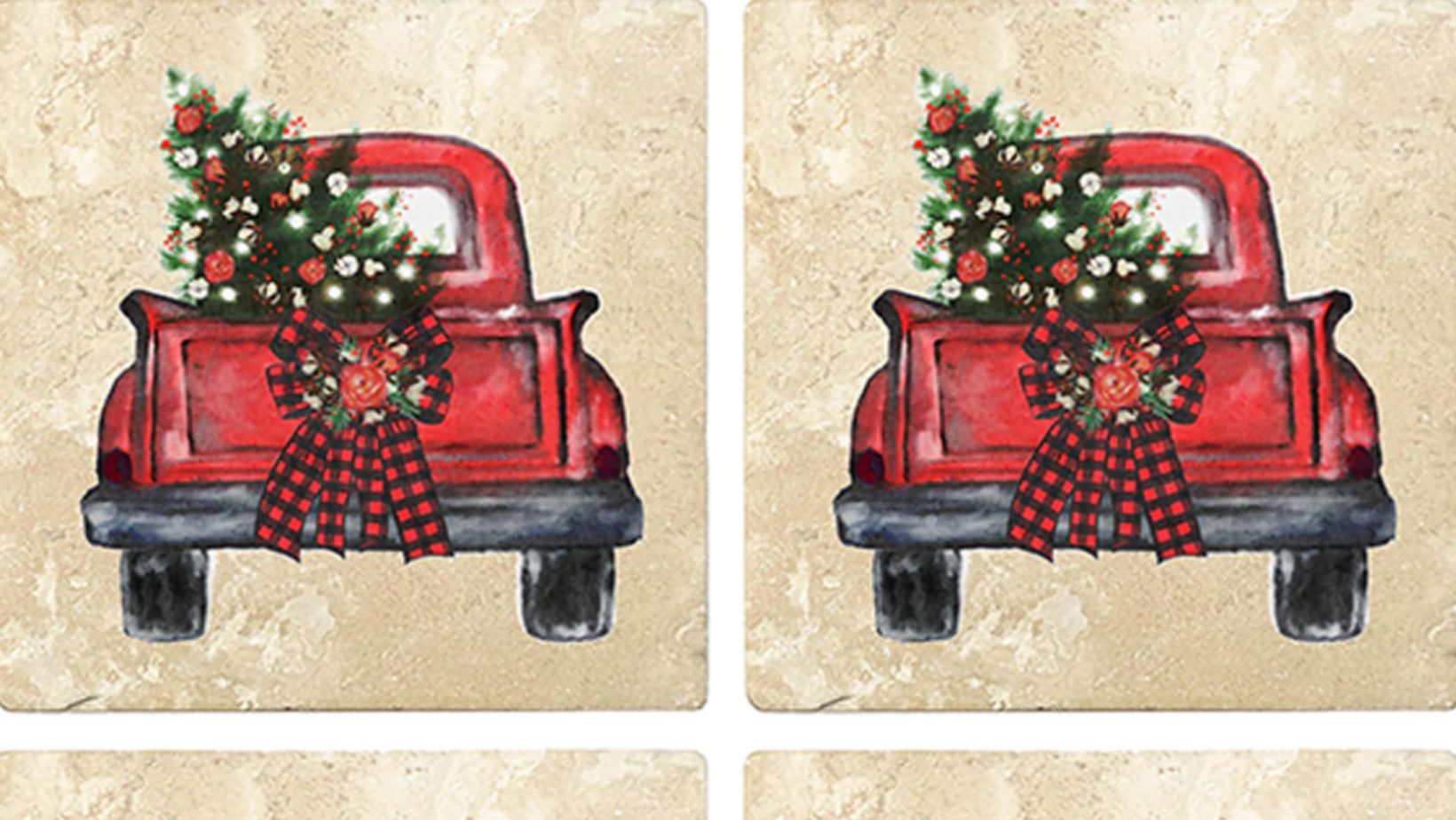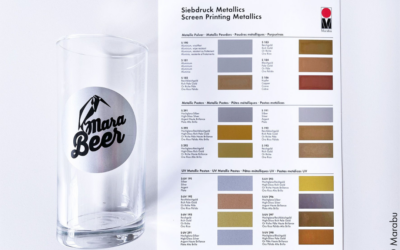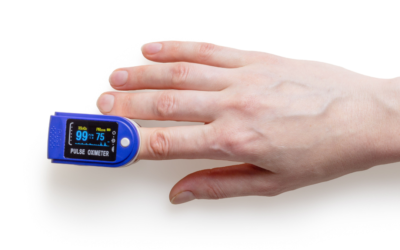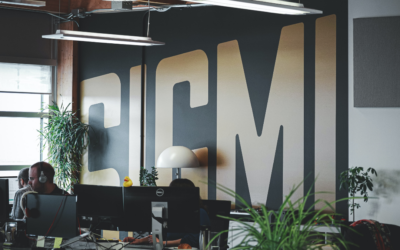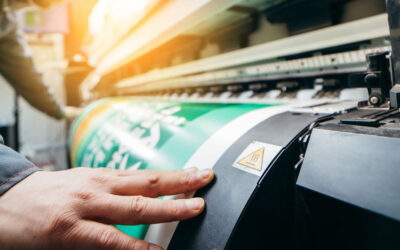Christmas trees originated in Germany in the 16th century and were traditionally decorated with tasty treats such as apples, nuts, marzipan cookies, and strings of popcorn and berries. Today, we’re more likely to see Christmas trees adorned with twinkling lights and an assortment of glass, plastic, fabric, and wood ornaments. While some ornaments and holiday decor are crafted by hand, many are pad, screen, or digitally printed.
Looking to add holiday decor to your project lineup? Regardless of the kind of printers you work with, there are countless ways to print up some holiday cheer.
Round or Oddly Shaped Ornaments
The iconic round, glass bulb ornaments are a Christmas-tree staple. Though many are hand-painted, those that are printed are typically done with a pad printer using a glass ink. Because the “pad” used to stamp color onto the ornament is soft, it’s ideal for round or oddly shaped products or uneven surfaces. Pad printing is also perfect for delicate and easy to break objects — like glass ornaments — and it handles small, precise details better than screen printing. And although you can digitally print on round objects, it can be tricky because the ornament needs to be held in place during printing.
Keep in mind that even though ornaments are often made of blown and shaped glass, you can achieve a similar effect using thin, clear plastic, which is much more durable and easier to handle during the printing process, as well as during packing and shipping.

Flat Decor
With flat holiday decor such as flat ornaments, decorative signs, plaques, themed coasters, and napkins, you have a lot more printing options, depending on how many colors are in your design and how large of a run you’re producing.
Screen printing achieves a very durable, high-quality, vibrant print on large, flat items. It works well on a variety of material types, including wood, plastic, and fabrics. However, the overall screen printing process is a bit labor intensive. Each new design requires a new screen and pre-printing set up time. And if a design uses multiple colors, each color must dry fully before the next is applied. Because of this, screen printing is best used for higher volume projects that use fewer colors, where you can achieve economies of scale.
Digital printing is another option for printing on flat objects. Unlike screen and pad printing, digital printing allows you to create photorealistic designs that use a broad range of colors. In general, though, you won’t be able to achieve the same color vibrancy and opacity as you would from an object that was screen or pad printed. Digitally printed projects have a very low cost for set up and print time is quick, making it excellent for printing one-off items or short runs.
Customized Decor
If you’d like to create customized or personalized decor — like a sign with someone’s name or an ornament displaying a family picture — digital printing is absolutely the way to go. Unlike pad or screen printing, which requires new screens or pad plates for each new design, digital printing has little to no pre-printing set up. You can quickly and easily customize colors, text, or images on each and every item that you print. Like we mentioned already, although you can print digitally on just about any type of material and on a variety of shapes, flat items are much easier to manage.

What about special effects?
Nothing says “holidays” like some sparkle and shine. There are a number of special effects inks you can use to give your decor that special holiday glow.
- Metallic Inks: Gold, copper, silver, and other metallic hues can add a beautiful, elegant touch to ornaments and decor. But keep in mind that metallic inks can be a little more challenging to work with. The chemical makeup of the ink itself has a large particle size. Screen printing handles this well since the particles easily pass through the mesh holes of the screen material. Some metallic inks can also be used with pad printing, but in general, their particle size is too large to pass through the ink jets of digital printers.
- Mirror Inks: In the past, the only way to create a reflective, mirror-like effect was through an expensive process like glass silvering. Now, you can easily create a similar effect by printing a mirror ink on the back of a transparent glass or plastic object.
- Raised texture: Want to create something decorated with a delicate, raised snowflake shape? You can create that raised, textured look by building ink up in multiple layers. You can also use clear ink to print your desired shape or design, then pad print a color on top of it.
- “Glowing” Transparent Ink: Create a warm, holiday glow by printing a transparent ink onto a clear object. For example, you can print a clear plastic ornament with transparent red ink. When it’s hung on the Christmas tree, the lights from the tree will shine through it from behind, giving it a magical red glow.
- Glitter: Unlike the other special effects, glitter isn’t actually printed. First, a clear adhesive is either printed onto the object or applied by hand. Then the glitter is dropped over the object, sticking to the adhesive. Any excess glitter is caught, collected, and reused again.

Have an idea but not sure which type of ink is best for the job? Contact us today to speak to one of our experts. Marabu works with companies of all sizes that use all types of printing equipment. Our special effects inks are best-in-class and perfect for any project, any time of year. You can receive more printing tips here.
Merry Christmas and Happy Holidays from Marabu!
